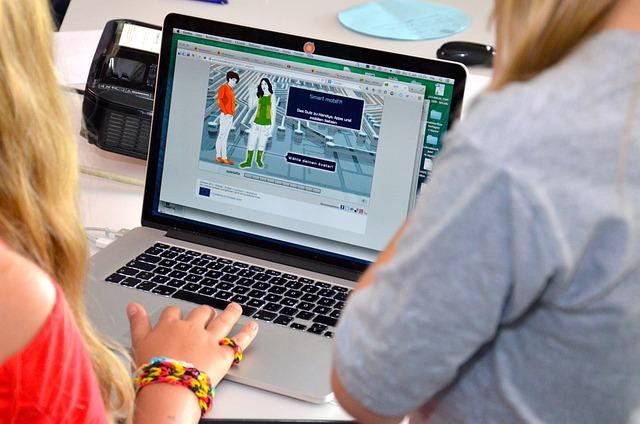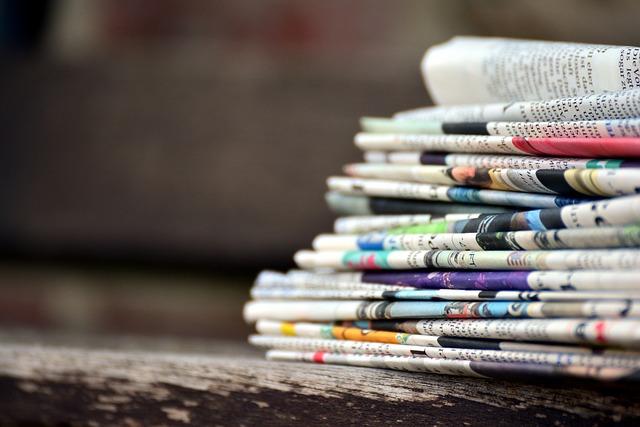In the heart of South Asia lies Pakistan, a nation rich in culture, resilience, and complexity. Amidst the vivid tapestry of its society, the press has emerged as both a beacon of truth and a battleground for trust. As the age of information accelerates, the Pakistani media landscape dances on a delicate precipice. Here, navigating truth and trust becomes not just an ethical imperative but a survival strategy in a world brimming with competing narratives and entrenched interests. From the bustling newsrooms of Karachi to the burgeoning digital platforms reaching the farthest corners of the country, the role of journalists has evolved dramatically, heralding new challenges and opportunities. This article delves into the intricacies of Pakistan’s press landscape, exploring how the quest for truth intersects with the pursuit of trust, and how both are shaped by the forces of politics, technology, and public opinion. Join us as we untangle the threads of reality in a media environment that is as dynamic as it is pivotal to the nation’s democratic discourse.
Exploring the Role of Media Integrity in Shaping Public Perception
In an era where information is disseminated at lightning speed, the integrity of media holds paramount importance in shaping public opinion. A credible media landscape provides a foundation for democratic discourse, fostering an environment where citizens can engage with factual, balanced narratives. The role of journalists becomes crucial, as they are tasked with sifting through the noise to present a clear picture of reality. When media outlets prioritize integrity, they contribute to informed decision-making processes among the populace. This, in turn, cultivates a culture of trust, where individuals feel empowered to analyze information critically rather than passively consuming sensationalized content.
Moreover, the impact of media integrity extends beyond mere information delivery; it influences the very fabric of social cohesion. In Pakistan, where diverse voices vie for attention, maintaining ethical journalism standards is essential. The ability to differentiate between truth and fabrication can be encapsulated in a few key principles:
- Accuracy: Ensuring that facts are verified before reporting.
- Impartiality: Presenting multiple viewpoints to encourage broader understanding.
- Transparency: Making sources and methodologies clear to the audience.
This collective emphasis on ethical practices not only builds trust in media but also enhances public engagement, as citizens are more likely to participate in discussions when they feel assured of the information’s reliability. In a landscape marked by competing narratives, the commitment to media integrity represents a pathway to a more enlightened and united society.

Understanding the Challenges of Misinformation in Digital Spaces
In the rapidly evolving digital landscape, misinformation poses significant challenges that undermine the foundations of trust and credibility in the press. The proliferation of social media has allowed false narratives to spread with alarming speed, reaching audiences far beyond traditional news outlets. This phenomenon is not just a local issue; it transcends borders and affects the global dialogue on critical matters like politics, health, and social justice. As the volume of information increases, so does the difficulty for readers to discern fact from fiction. Journalists and media organizations are therefore faced with the pressing need to adapt their practices to address this crisis effectively.
To combat the effects of misinformation, several strategies can be implemented by both media professionals and readers alike:
- Promoting Media Literacy: Educating the public on how to critically evaluate sources can empower readers to identify misinformation.
- Fact-Checking Collaborations: News organizations can partner with independent fact-checkers to ensure accuracy in reporting.
- Transparency in Reporting: Journalists should disclose their sources and the methods used to gather information, fostering trust with the audience.
- Utilizing Technology: Employing AI tools and algorithms can help identify and flag misleading content before it spreads.
Addressing misinformation requires a collective effort across all levels of society. By fostering a culture of accountability and critical thinking, the press landscape in Pakistan can work towards diminishing the impact of misinformation. This proactive approach can create an environment where truth prevails, and trust in media is restored, allowing for a more informed public that can engage constructively with the socio-political issues of the day.

Building Resilience: Strategies for Cultivating Media Literacy
In today’s rapidly evolving media landscape, fostering resilience through media literacy is crucial for navigating misinformation. Individuals must empower themselves with critical thinking skills that enable them to differentiate between credible sources and sensationalist content. This involves actively engaging with a variety of information outlets and developing a habit of questioning the intentions behind news stories. Consider utilizing the following strategies:
- Evaluate Sources: Check the credibility of the publication and author.
- Cross-Reference Information: Look for corroboration from multiple reputable sources.
- Recognize Bias: Understand potential biases in reporting and strive to consume diverse viewpoints.
- Engage in Dialogue: Discuss news content with peers to gain a broader perspective.
Additionally, media literacy can be enhanced through educational initiatives and community programs that target groups at risk of misinformation. Workshops and seminars can illustrate the importance of informed consumption and the potential societal impacts of unverified news. Below is a simple guide showcasing common types of media biases that remain prevalent:
| Type of Bias | Description |
|---|---|
| Selection Bias | Focusing on certain stories while ignoring others to shape a narrative. |
| Confirmation Bias | Choosing facts that support existing beliefs while dismissing contradictory information. |
| Framing Bias | Presenting information in a way that influences perception and interpretation. |

Fostering Collaboration Between Journalists and Audiences for Trust Restoration
In the evolving landscape of journalism in Pakistan, building a bridge of collaboration between journalists and their audiences is essential for reviving faith in the media. By empowering audiences through initiatives that encourage dialogue, journalists can not only regain credibility but also foster a sense of shared ownership of information. This collaborative approach may include:
- Community Engagement: Organizing local forums where journalists can address issues directly with citizens, creating a platform for open discussion.
- Audience Feedback: Actively seeking and incorporating audience feedback into reporting strategies to reflect the information needs of the community.
- Educational Workshops: Conducting workshops that help audiences discern credible sources and understand the journalistic process, thus enhancing media literacy.
Restoring trust also involves transparency in reporting practices. Journalists can share the methodologies behind their work, providing insights into how stories are researched and verified. This can be complemented with:
| Practice | Description |
|---|---|
| Source Attribution | Citing sources clearly to allow audiences to verify information independently. |
| Correction Policies | Establishing clear mechanisms for correcting errors in reporting to maintain accountability. |
| Regular Updates | Providing updates on ongoing stories to keep audiences informed about developments. |
In Conclusion
In a landscape as intricate as Pakistan’s, where truth often dances a delicate waltz with perception, navigating the press becomes both an art and a responsibility. As we come to the conclusion of this exploration, it is vital to recognize that the quest for reliable information is not merely a journey for journalists, but a shared endeavor for every citizen. The evolving role of the media in shaping narratives calls for vigilance and engagement from the audience.
In this age of rapid information exchange, fostering a culture of critical thinking and media literacy emerges as indispensable. The responsibility lies not just with those who wield the pen, but equally with those who consume the ink. For in understanding the nuances of the press, we can nurture a society that values truth and cultivates trust—a society where voices can be heard, stories can be told, and the heart of democracy can beat with clarity and conviction.
As Pakistan continues to navigate its complex media landscape, may we all remain steadfast in our pursuit of truth, ever aware that the integrity of our information ecosystem ultimately shapes the fabric of our collective future.



